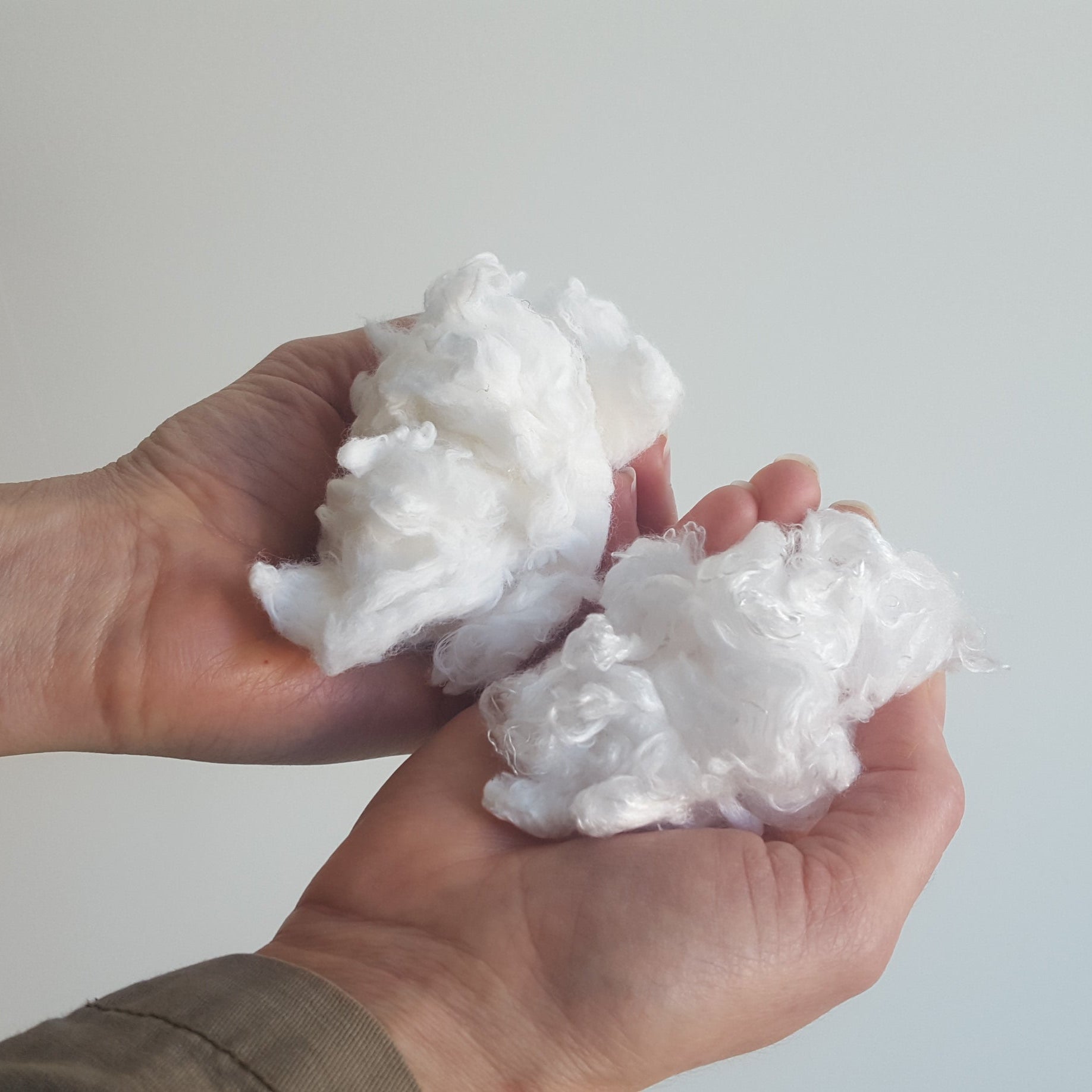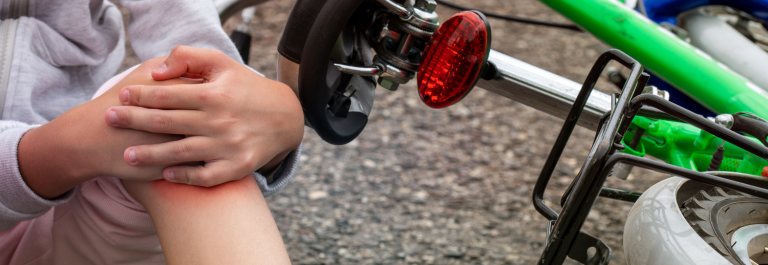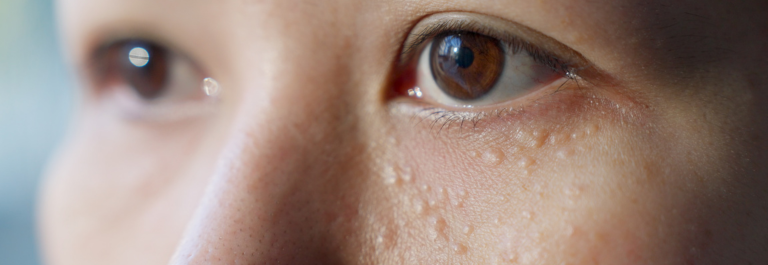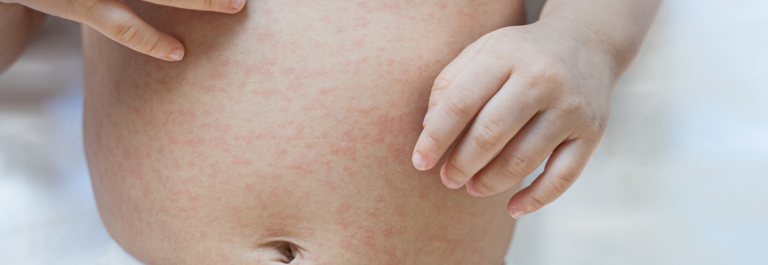Have you ever fallen off your bike and scraped your knee? Tripped while running and let your hands bear the brunt of your fall? Taken a tumble off your skateboard and had a full-body skid across the pavement? Then it's likely you've experienced road rash, a very painful - but highly treatable - skin injury. In the following article, we will discuss:
-
What is road rash?
-
Causes and symptoms of road rash
-
How to care for road rash injuries
Read on to discover how you can look after your skin and find road rash pain relief.
What is Road Rash?
Road rash is a friction burn that happens when your skin comes into contact with a rough surface. While it's not usually a cause for concern, it can be very painful and requires care to prevent infection.
Road Rash Causes
Road rash occurs in various situations but is most commonly the result of an accident when we do something active. A road rash can appear when our skin rubs or scrapes against another surface, tearing off a thin layer of skin that can become very painful.
A road rash injury is not usually severe and can be looked after at home. However, if multiple layers of skin are torn, it may require medical attention. In serious injuries, it may even require skin grafting surgery.
Road rash generally resolves on its own if treated with care and attention.
Road Rash Symptoms
Road rash can look different on everyone, depending on the nature of the injury, but it tends to be shallow scrapes where just the top layer of skin has been removed. The skin might look red or dull pink. A deep abrasion may occur in more severe cases of road rash, which can have a bruised appearance.
Even though road rash tends to be a shallow wound, it can be extremely painful due to the number of nerve endings affected.
Immediate Road Rash Care
When you've experienced road rash injuries, you must give yourself home medical treatment as soon as the wound has developed to prevent infection. The following steps will help you look after the wound to ensure proper healing:
1. Wash your hands
Washing your hands is the first step to keep your wound clean while treating road rash. This will prevent infection by stopping the transfer of bacteria from your hands to your wound when you go to clean it.
2. Clean the wound
Attend to the wound with a clean cloth using a natural, fragrance-free soap like the Coconut and Sunflower Oil Soap. This soap contains coconut oil, sunflower oil, and shea butter, all protective oils that soothe damaged skin. It's gentle enough to use on children and adults and will ward off bacterial infection. Ensure any dirt or foreign objects in the open wound have been removed.
3. Apply an antibiotic ointment
Once the wound has been cleaned, apply an antibiotic ointment to the affected area with very gentle pressure. This will keep bacteria away from bleeding and open wounds, so your road rash heals quickly without developing scar tissue.
4. Cover the wound
Once you've applied an antibiotic ointment to the road rash, cover the wound with a clean bandage to protect it from infection. Keeping the wound moist and changing the bandage often will help the healing process and ensure that the skin abrasions don't result in scarring.
You could also use a sleeve to ensure extra protection for your skin abrasion. These Remedywear™ Eczema and Psoriasis Sleeves (Bandages) are made with breathable TENCEL and anti-microbial, anti-inflammatory zinc. These bandages will help to keep your road rash injury clean while ensuring a speedy recovery time.
Tips for Aftercare
Treating road rash at home focuses on looking after your skin while your wound heals. The following tips can help soothe your pain and protect your skin from further damage.
Check for Signs of Infection
Treating skin abrasions caused by road rash with care means checking for signs of infection following your injury is essential. Signs of infection might include increased pain, excess pus or drainage, or skin that is red and warm to the touch. If you suspect your wound might be infected, seek medical care immediately.
Keep Skin Moisturized
Prevent scar tissue from road rash and abrasions by using a thick moisturizing lotion like the Organic Manuka Skin Soothing Cream. It contains a pure form of honey known for its anti-inflammatory properties and will comfort and hydrate sensitive, irritated skin. It can be used on any body part and won't aggravate road rash or newly healed skin. As your road rash heals, it might become itchy; using this cream will help to relieve that itch and reduce the risk of scarring from scratching.
Wear Protective Clothing
Wearing protective clothing on newly healed skin can help soothe any lingering pain and prevent infection. The Remedywear™ Long Sleeve Shirt (for adults and kids) and the Remedywear™ Pants (available for adults and kids) are designed with sensitive skin in mind. Made with TENCEL and anti-inflammatory zinc, it is soft, breathable, and anti-bacterial.
When to Seek Medical Attention
While most road rash treatment can be done at home, seek immediate medical attention if you experience any deeper wounds with the following symptoms:
-
Visible muscle or bone
-
Severe pain or if pain worsens despite treatment
-
Large pieces of debris are stuck in the injury (i.e., rocks, glass, metal)
-
Road rash wound is larger than the size of your palm
-
Road rash injury is weeping pus
-
Excessive bleeding from open wounds
If you experience any of the above symptoms or if your road rash has not healed within two weeks, it's vital to seek professional medical advice.
Heal Your Road Rash Naturally
Road rash pain relief is just a few steps away by following our tips. While injuries can be tricky, taking care of your skin will ensure you are back to fighting form in no time!










